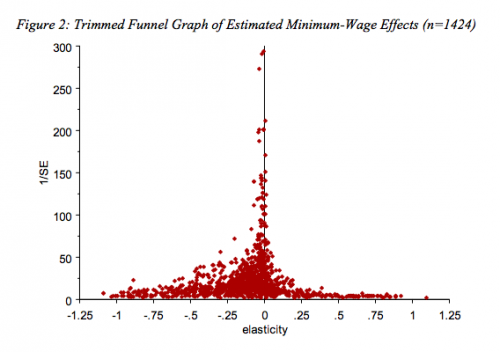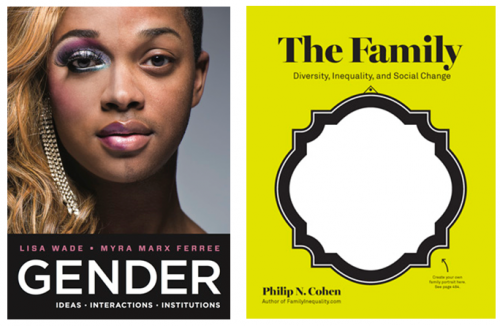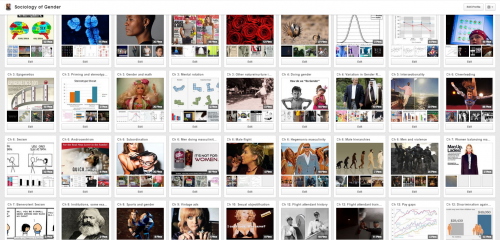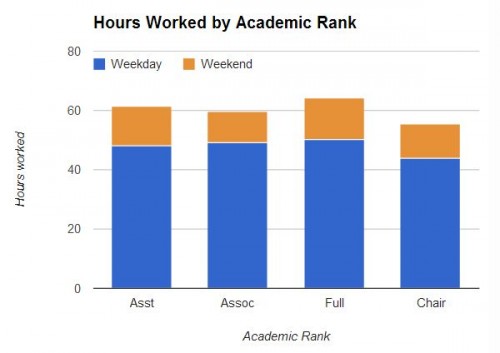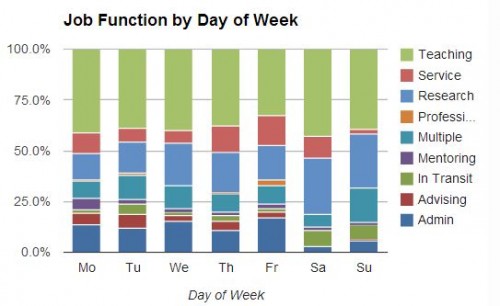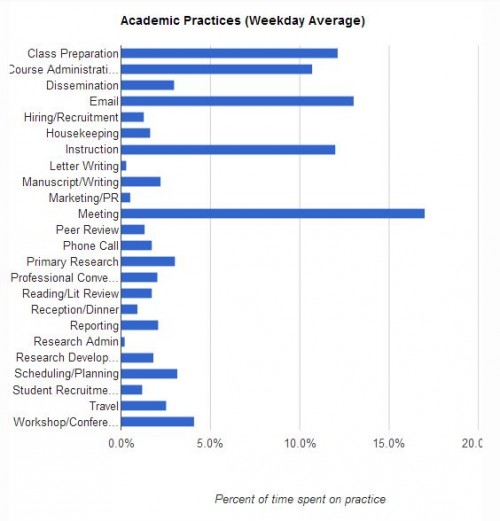 Earlier this year I reviewed a study that found that, simply by changing the weight of an object in hand, psychologists can manipulate how seriously a person takes an issue. In other words, when holding something heavy, matters seem heavy. Or, concerns seem weightier when one is weighed down.
Earlier this year I reviewed a study that found that, simply by changing the weight of an object in hand, psychologists can manipulate how seriously a person takes an issue. In other words, when holding something heavy, matters seem heavy. Or, concerns seem weightier when one is weighed down.
Thanks to an email from USC professor Norbert Schwarz, I was introduced to a whole series of studies on what psychologists call metaphorical effects. These are instances in which a metaphor commonly used to describe a psychological state or social reality can, in turn, induce that state or reality. So, for example, holding a warm cup of coffee makes people feel warmly toward each other (here), getting the cold shoulder makes people feel cold (here), people placed in a high location seem to be high in a hierarchy (here), and cleaning one’s hands makes a person feel morally clean (here).
Schwarz was the co-author, with Spike W.S. Lee, on another example of a metaphorical effect. They wanted to know if smelling something fishy made people suspicious. It did!
Asked to participate in a fake study on whether they’d be willing to invest money in a scheme, subjects who were exposed to a fishy smell invested less than those exposed to no smell and less than those exposed to another icky smell that was “metaphorically irrelevant”: fart.
From sensory perception to psychological state. Boom.

Lee and Schwarz were also interested in the reverse process. Did being suspicious increase the likelihood that they would identify a fishy smell as fishy. Sometimes smells can be hard to figure out, but when people are primed with the answer, they are more likely to get it right. Would the metaphorical effect work in the other direction: from psychological state to sensory perception?
They asked another group of subjects to sniff five different vials and attempt to label each smell. Half the time, they induced suspiciousness by having the experimenter say: “Obviously, it’s a very simple task and, you know, there’s . . . there’s nothing we’re trying to hide here.” The experimented would then spot a document on the table, whisk it away nervously and repeat:
Sorry, it shouldn’t have been there. But . . . ahem . . . anyway. Where was I? Oh yes, it’s all very simple. There’s nothing we’re trying to hide or anything.
Did subjects induced to be suspicious identify the fishy smell correctly more often? Yep!

This is a fun literature, but it has serious implications. It reveals that the associations we have in our minds impact how we perceive the world and each other.
Sociologists believe that essentially all of life is socially constructed, meaning that we collectively learn and internalize arbitrary connections between things: like being male and computing or being black and athleticism. These connections literally structure our brain, such that thinking about one is likely to trigger thoughts of the other.
Fishy and suspicious are connected in our minds and, so, when we are exposed to one, we are more likely to experience the other. In other cultures, Lee and Schwarz point out, it is not fishiness, but other smells that are associated with suspicion. These things are not natural or universal, but they drive our perceptions nonetheless.
Cross-posted at Pacific Standard.
Lisa Wade, PhD is an Associate Professor at Tulane University. She is the author of American Hookup, a book about college sexual culture; a textbook about gender; and a forthcoming introductory text: Terrible Magnificent Sociology. You can follow her on Twitter and Instagram.

